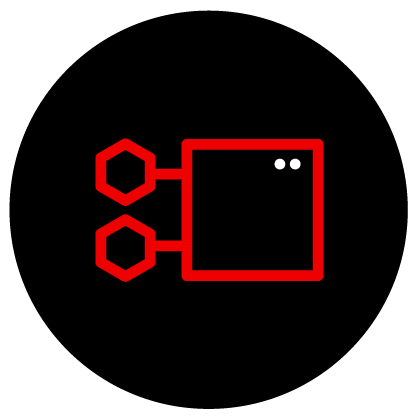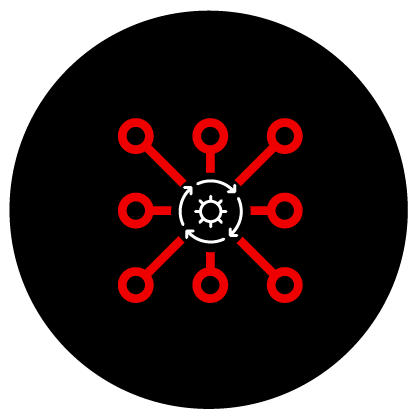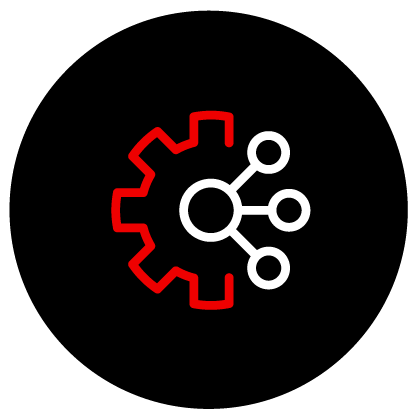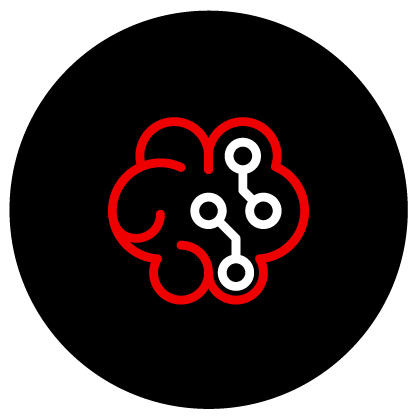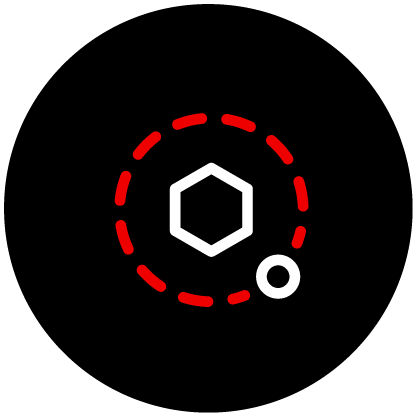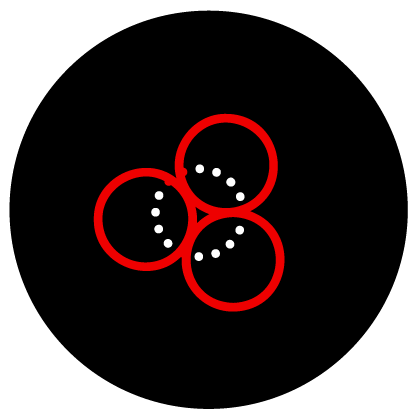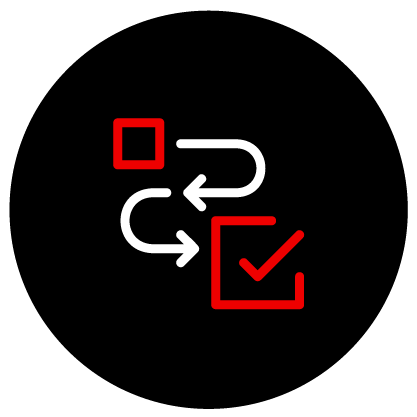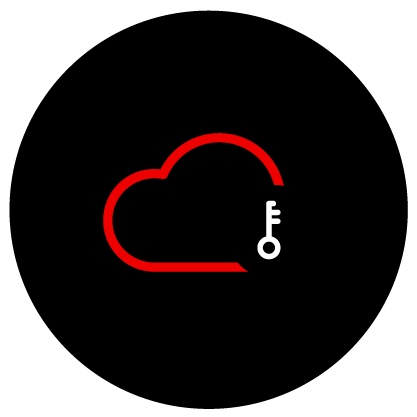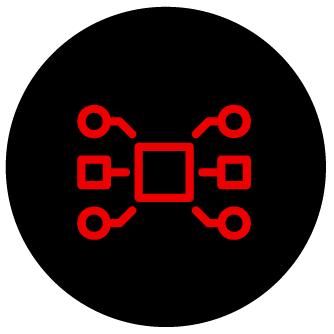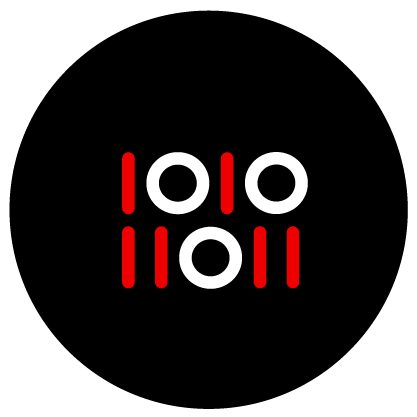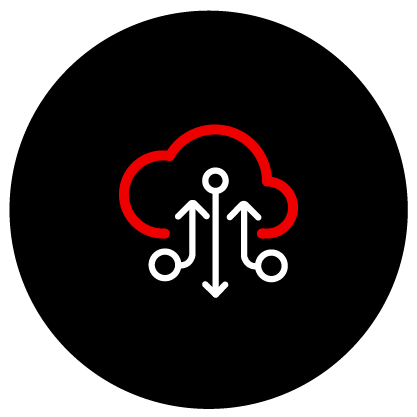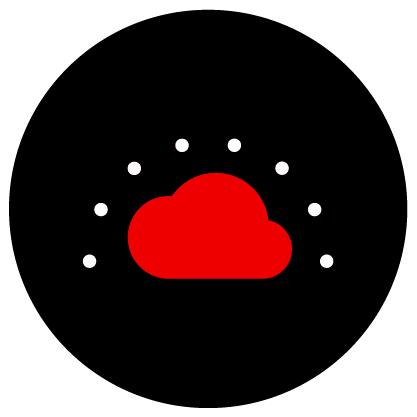Cloud-native Application Platform
Red Hat OpenShift is a comprehensive application platform with support for popular workloads and any popular application architectures such as microservices, virtualization, AI/ML, Event-Driven, Serverless, and many more. It fosters an excellent developer experience, enhancing SDLC management through efficient pipelines and automation, thereby boosting productivity.
Try App Platform with Developer SandboxMore ways to try Learning Exercises

Application platform, not just Kubernetes
OpenShift offers advanced management and security features, including multicluster management, cluster security, global registry, and cluster data management. It provides integrated DevOps services such as service mesh, serverless computing, builds, pipelines, GitOps, tracing, log management, cost management, and migration tools. With Kubernetes and cluster services, OpenShift enables easy installation, over-the-air updates, networking, ingress, storage management, monitoring, log forwarding, registry management, authorization, and support for containers, virtual machines (VMs), operators, and Helm charts.
Enterprise support for runtimes
Enterprise support makes it possible for developers to ensure the reliability, security, and performance of an environment used for building, running, and operating applications. This also helps developers to enable businesses to achieve their goals effectively and efficiently.
Integration and Application Connectivity
Integration and application connectivity are essential in Kubernetes-based platforms for enabling seamless communication between microservices, facilitating service discovery, supporting scalability and elasticity, ensuring fault tolerance, and enhancing security.
